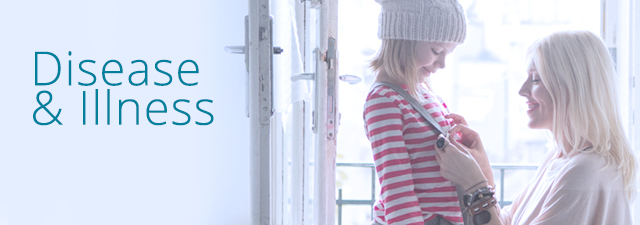Algoma Public Health
Scabies
What is it?
- A parasitic disease of the skin caused by a mite that can only be seen with a microscope.
What are the symptoms?
- The mites burrow into the skin and cause a very itchy rash.
- The rash looks like curvy white threads, tiny red bumps, or scratches and can appear anywhere on the body.
- Commonly found between fingers, on wrists and elbows, under the arms and around the belt line.
- In infants only, may be found on the head, neck, palms and soles.
- Commonly found on thighs and external genitalia in men.
- Commonly found on nipples, abdomen and the lower portion of the buttocks in women.
- Sometimes the rash looks very severe, e.g. crusting, scabbing and blistering.
Related Documents
Contact Us!
Sault Ste. Marie: 705-942-4646
Blind River: 705-356-2551
Elliot Lake: 705-848-2314
Wawa: 705-856-7208
How quickly do symptoms develop?
- Within 2 to 6 weeks after being in contact with an infected person.
- People who have been previously infested develop symptoms 1 – 4 days after re-exposure.
How is it spread?
- By direct skin-to-skin contact.
- Transfer from undergarments and bedclothes occurs only if these have been contaminated by infested people immediately beforehand.
- Can be acquired during sexual contact.
How long is it contagious?
- Until mites and eggs are destroyed by treatment.
- This is usually accomplished with 1 treatment.
- Children with scabies should not attend school/daycare until 1 treatment is received.
How is it treated?
- With a prescribed lotion or cream.
- A second application of treatment may be necessary after an interval of 7-10 days.
- All household members who have direct skin to skin contact should also receive treatment.
- Itching may persist for 1 – 2 weeks after treatment.
What can you do?
- After the cream or lotion is washed off change into fresh clothes and change the bed linens.
- Do not share your facecloth or towel.
- After treatment observe rash for the next week.
- If the rash is still spreading refer to the product directions regarding repeat of the treatment.
For further information contact the Communicable Disease Control Program at 705-942-4646 or toll free at 1-866-892-0172.
Date of Creation: June 1, 2015
Last Modified: Feb 25, 2016










